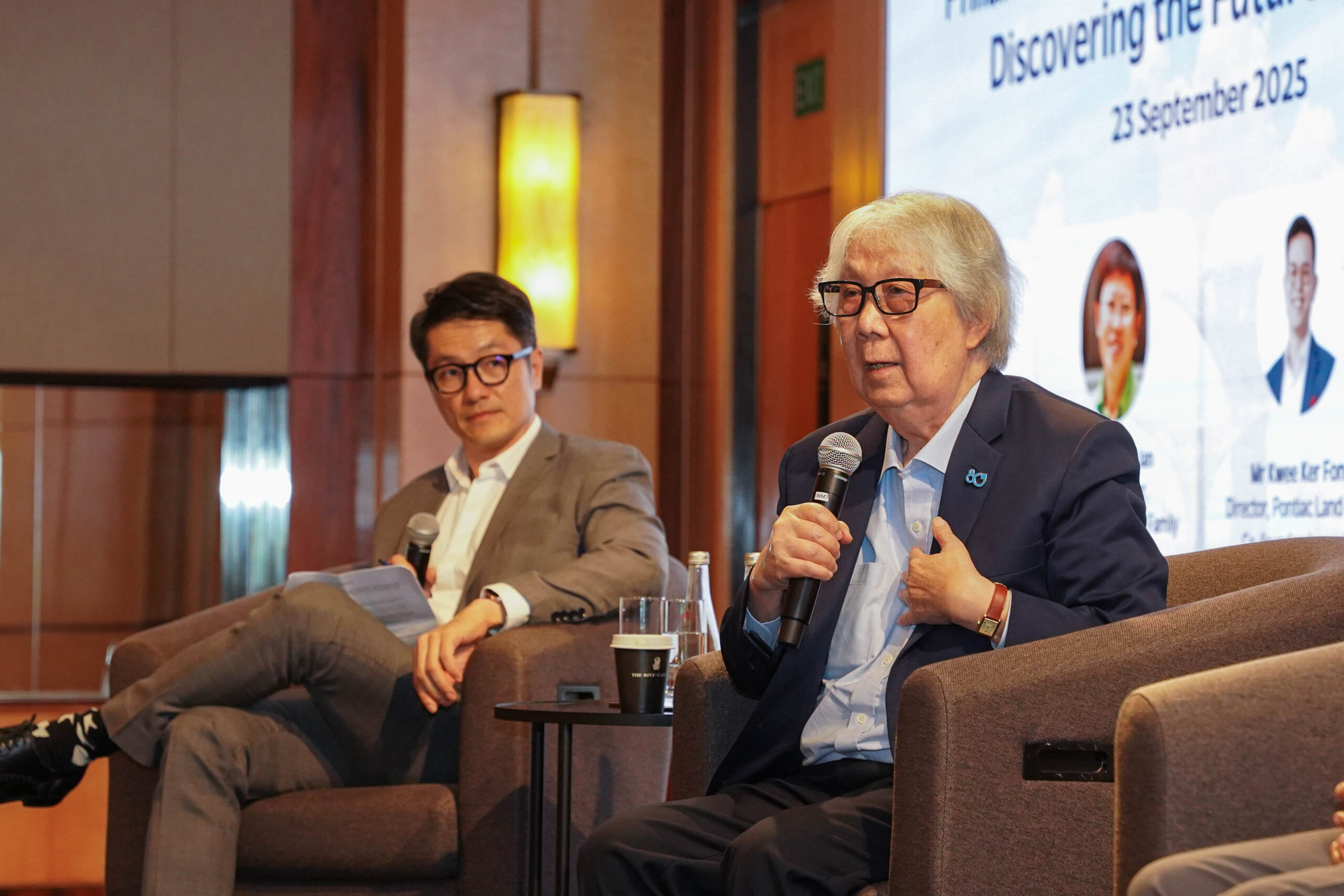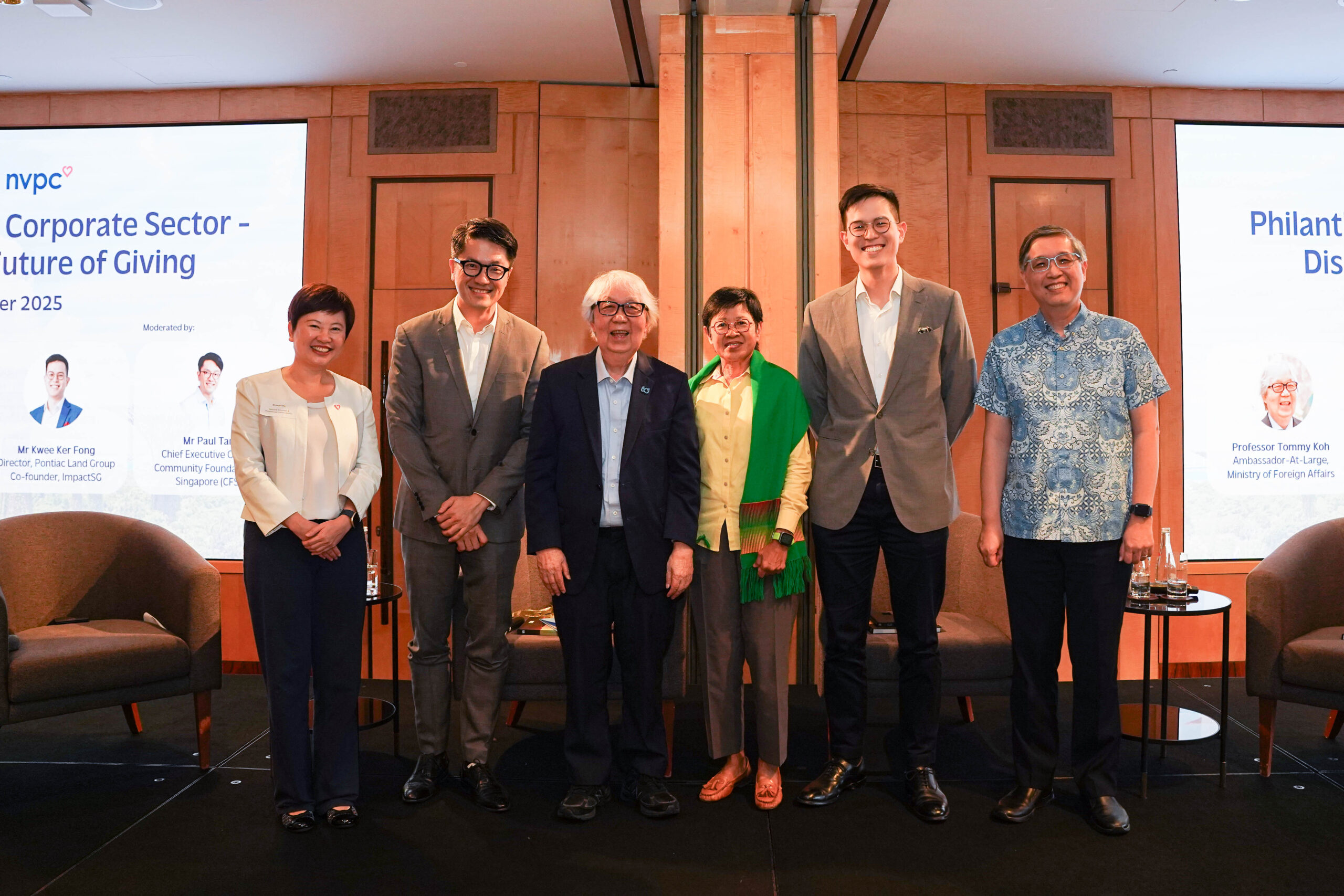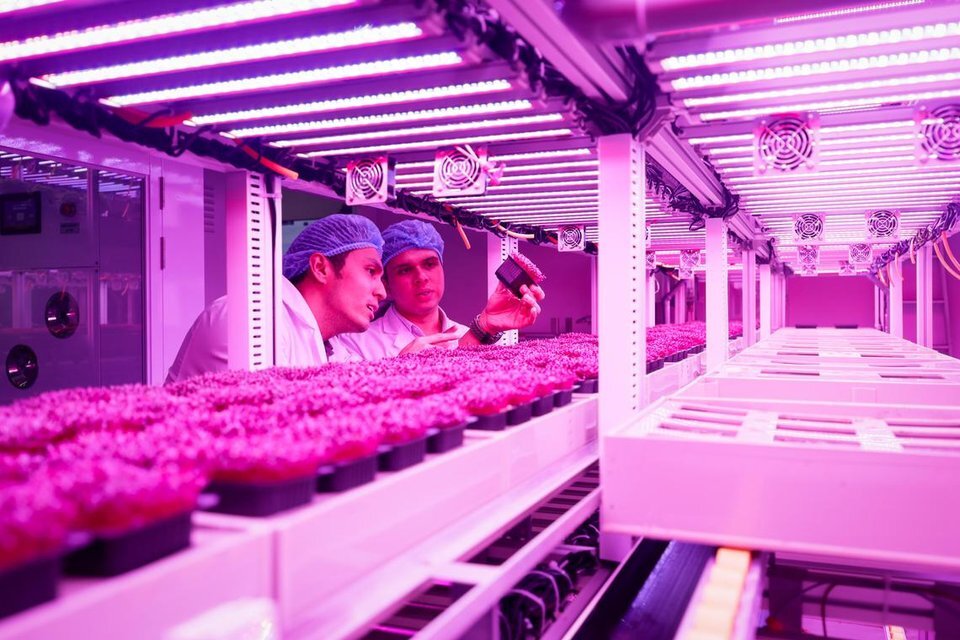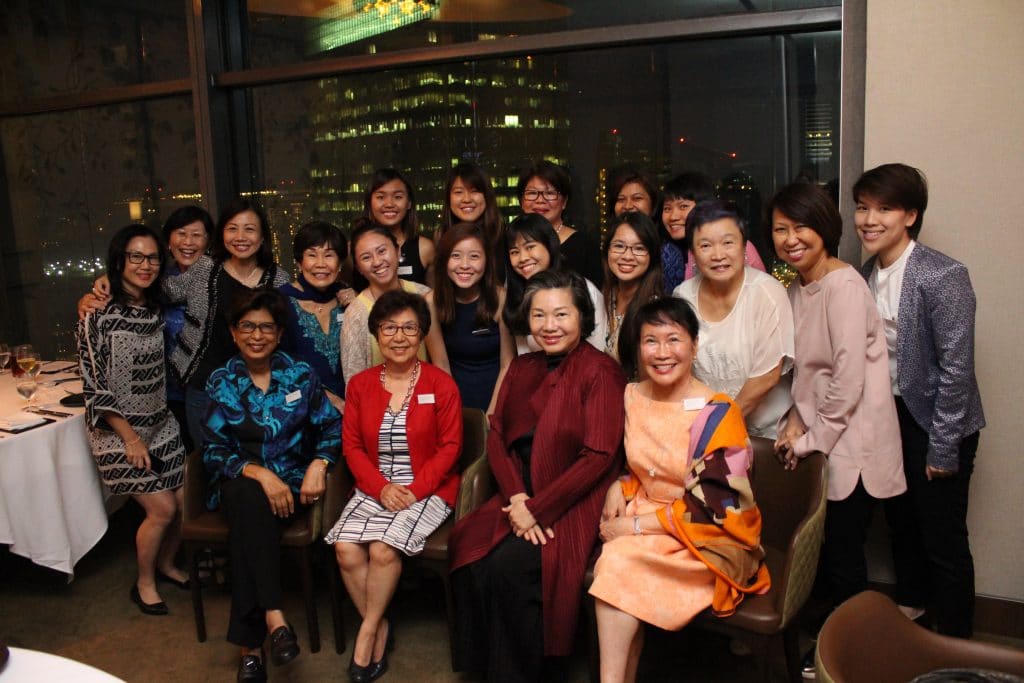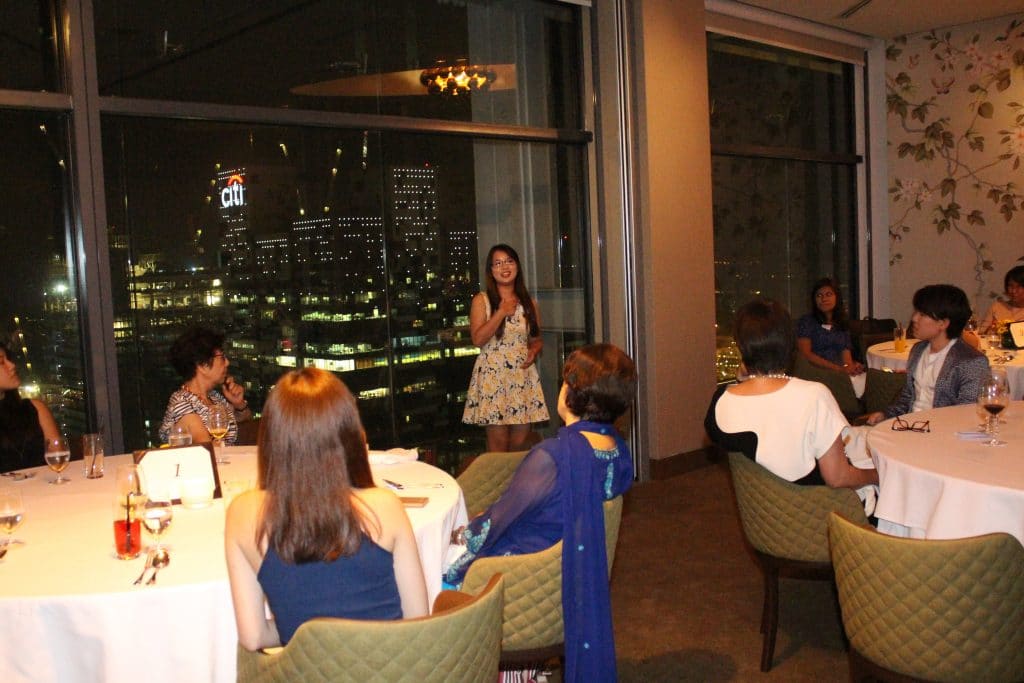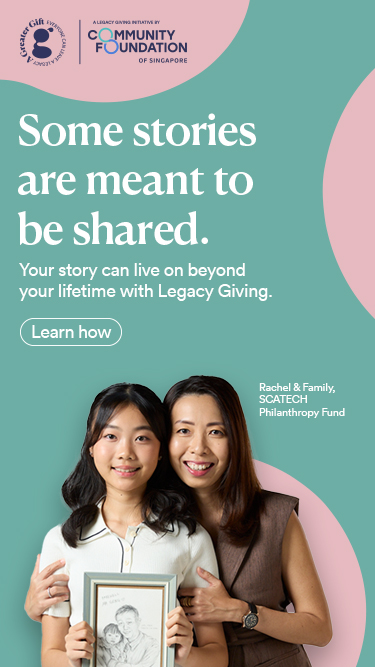International Women’s Forum Singapore: Empowering young women for a better future

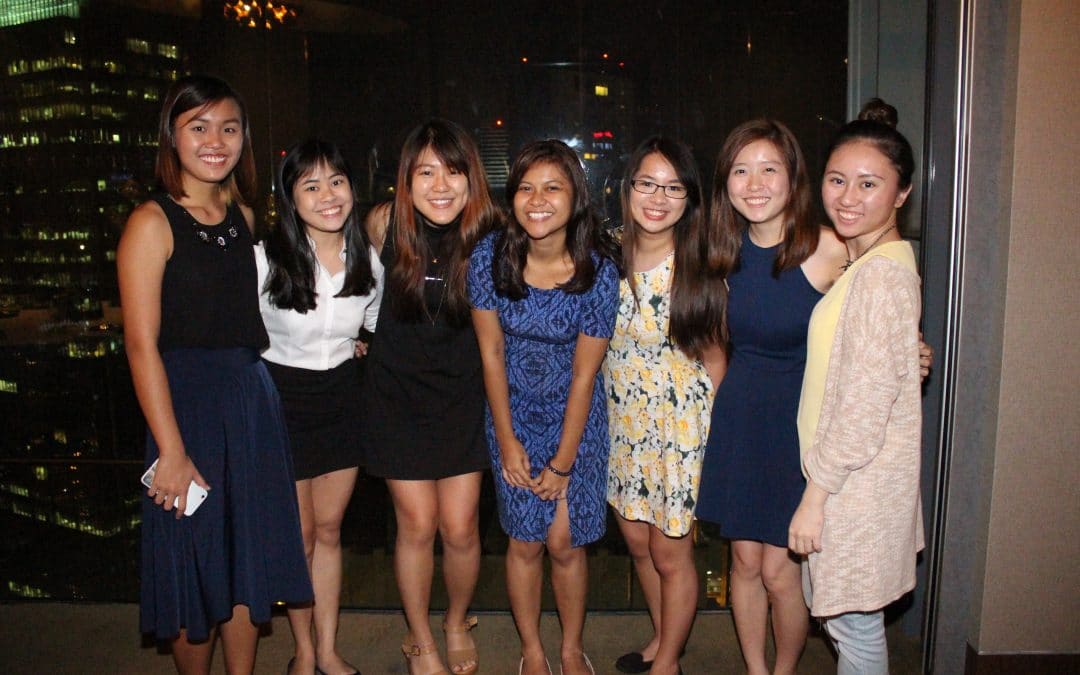
They may come from disadvantaged families, juggling work with school, but that has not stopped them from pursuing their dreams or even helping others. For this, ten young women were presented with the 2016 International Women’s Forum (IWF)’s Education Grants on 30 September.
Managed by the Community Foundation of Singapore, the IWF Education Grants support young women who are currently pursuing a diploma or degree in local polytechnics or universities but face challenges in continuing their studies due to financial difficulties. Many come from low income families and need to work to pay school fees or supplement their household income.
Recipients are selected for their academic performance, as well as resilience and aspirations. During the selection process, the Education Grants Committee also highlighted that despite their difficult circumstances, many of the recipients still found time to give back to the community by taking part in voluntary work such as befriending the elderly and mentoring young children and teens.
At the dinner reception held at CapitaGreen and hosted by IWF Singapore leaders including Dr Aline Wong, Yu-Foo Yee Shoon, Arfat Selvam, Saw Phaik Hwa, Chong Siak Ching, Carmee Lim, Goh Swee Chen and Doreen Liu, recipients and mentors mingled and exchanged anecdotes and advice. The young ladies also took to the floor to share their struggles with work and studies, for some the responsibility of caring for ill or unemployed parents and above all their unwavering quest for further education.
The IWF women leaders applauded the strength and determination shown by the recipients and invited them to be ambassadors at the IWF Singapore 20th Anniversary Conference in 2017 so that they can continue to be an inspiration to others. As part of the mentoring programme, IWF leaders will impart guidance, career counselling and life skills to empower these young ladies for the future.
At the 20th Anniversary Conference, the organisation hopes to raise $250,000 to enable and empower even more young women to change the outcomes of their lives as well as their families’.
About the International Women’s Forum
The International Women’s Forum is a singularly unique organisation comprised of more than 6,400 dynamic women leaders in 34 countries and 75 forums around the world. IWF members span careers, cultures and continents, however, they are wholly aligned in their commitment to building better global leadership.
They may come from disadvantaged families, juggling work with school, but that has not stopped them from pursuing their dreams or even helping others. For this, ten young women were presented with the 2016 International Women’s Forum (IWF)’s Education Grants on 30 September.
Managed by the Community Foundation of Singapore, the IWF Education Grants support young women who are currently pursuing a diploma or degree in local polytechnics or universities but face challenges in continuing their studies due to financial difficulties. Many come from low income families and need to work to pay school fees or supplement their household income.
Recipients are selected for their academic performance, as well as resilience and aspirations. During the selection process, the Education Grants Committee also highlighted that despite their difficult circumstances, many of the recipients still found time to give back to the community by taking part in voluntary work such as befriending the elderly and mentoring young children and teens.
At the dinner reception held at CapitaGreen and hosted by IWF Singapore leaders including Dr Aline Wong, Yu-Foo Yee Shoon, Arfat Selvam, Saw Phaik Hwa, Chong Siak Ching, Carmee Lim, Goh Swee Chen and Doreen Liu, recipients and mentors mingled and exchanged anecdotes and advice. The young ladies also took to the floor to share their struggles with work and studies, for some the responsibility of caring for ill or unemployed parents and above all their unwavering quest for further education.
The IWF women leaders applauded the strength and determination shown by the recipients and invited them to be ambassadors at the IWF Singapore 20th Anniversary Conference in 2017 so that they can continue to be an inspiration to others. As part of the mentoring programme, IWF leaders will impart guidance, career counselling and life skills to empower these young ladies for the future.
At the 20th Anniversary Conference, the organisation hopes to raise $250,000 to enable and empower even more young women to change the outcomes of their lives as well as their families’.
About the International Women’s Forum
The International Women’s Forum is a singularly unique organisation comprised of more than 6,400 dynamic women leaders in 34 countries and 75 forums around the world. IWF members span careers, cultures and continents, however, they are wholly aligned in their commitment to building better global leadership.
- Related Topics For You: ACCESSING QUALITY EDUCATION, CHARITY STORIES, CHILDREN, EDUCATION, EVENTS, FAMILIES, INCLUSIVITY & INTEGRATION, SENIORS, STORIES OF IMPACT, YOUTH
